I attended a talk that Cal Trout hosted last week and here are the cliff notes:
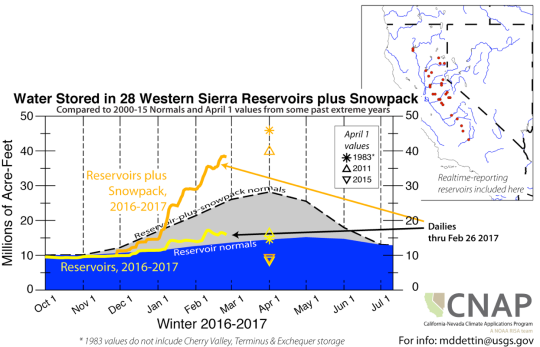
First up was Dr. Jeff Mount who is perhaps the most interesting water specialist in California. Mount began his presentation explaining how varied California climate is as a state and over time. He confirmed that the state is out of the surface water drought and the rain falls are higher than 2011 but shy of 1983 in terms of total water storage. The groundwater drought rages on with pumping exceeding the recharge.

So here is the brutal part 1995 to 2000 were some of the wettest years on record and it barely moved the needle our aquifers. Jeff explained that the state is dumping water all over empty or fallow fields, and in some orchards in an attempt to recharge the ground water. In some cases, farmers are being paid to take water right now. This leads to the question, is there a better way to do this? Jeff’s answer was yes as particular geological areas are more conducive to this approach. Then a quintessentially San Franciscan question was asked, “Is there a technology that exists to make this more efficient?” In fact yes, injection wells which are used for everything from “disposing” of wastewater to recharging aquifers exist and have yet to be adopted. The potential for storage underground far surpasses the opportunities above ground. Groundwater storage is 850 million acre-feet to 1.3 billion acre-feet compared to a mere 50 million acre-feet of surface storage created by dams. Current proposed surface storage expansion projects add 3.3 million acre-feet of storage. It begs the question, is spending billions of dollars to increase above ground storage the best use of that investment? Jeff mused that the ribbon cutting is so much more impressive in front of a big dam and that’s where you will find the majority our politicians.
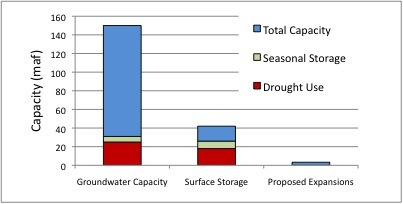
His third and final point was our current water system and urban development has put 575 billion dollars of assets at risk and in the 500 yr flood plain. Of the 30+ billion dollars spent annually on CA water only 2.2 billion is spent on flood management which doesn’t reflect the 575 billion at risk. He further explained we only have the politicians attention for all but a brief moment after these disasters occur. I was also surprised to learn that only 4% of the water budget comes from the feds.
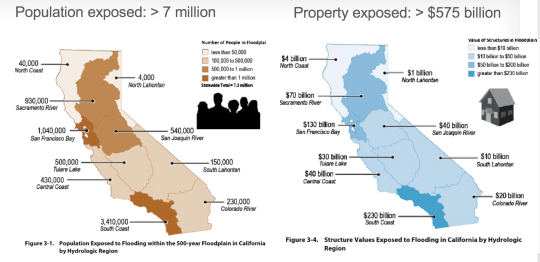
After Jeff, we heard from Dr. Rob Lusardi, a student of Peter Moyle and Jeff Mount, who is leading a joint science task force between Cal Trout and UC Davis. The topic of discussion was the effectiveness of trap and haul wherein adult salmon are trucked above reservoirs to rejoin them with their native spawning habitats and their offspring are trapped and released down river.
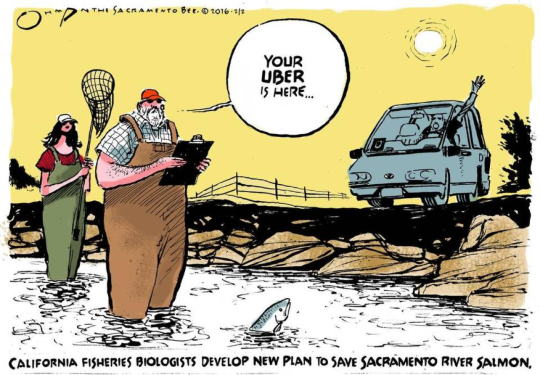
The conclusion was they have studied this closely and their early findings show that his approach even using the touted giant surface floating collector to solve the problem of other techniques only capturing 8-10% of juvenile populations remains inconclusive of being net positive. His recommendation was with a substantial buy-in cost of 100’s of millions that it should be further tested before we jump in with two feet, but early indications are that it is not great and there is still a lot to be learned.

He further explained at the Winter-run Chinook spawning April to August in the Sacramento traditionally would have taken refuge in the McCloud and other spring fed rivers which can deliver their optimal temperatures for incubation of 55 degrees. Then a gut punch, as he declares that two year classes of winter chinook 2014-15 were wiped out by the drought and the inability to deliver 55-degree water in the lower Sacramento system. They have identified this as a prime candidate to test due to the fact that our current path leads us to the certain extinction of the Winter Run Chinook.

After Rob, Cal Trout’s own Darren Mierau gave a presentation on two killer projects on the Eel River. The stories off Woodman Creek and Bridge Creek were battles to remove dilapidated railroad infrastructure to reconnect salmon and steelhead with 20 sq miles of spawning habitat. Bridge Creek has been completed and they expect to receive funding for Woodman any moment. He then spoke about the dam known as the Potter Valley Project is coming up for relicensing next month. The dam only produces 9 megawatts and sediment issues have drastically decreased it’s ability to store water. The removal of this dam could give salmon and steelhead access to 225 sq miles of spawning habitat. Cal Trout and other environmental agencies believe this is a good candidate for removal.
Read more
Dave Neal reports on 3.9.17Northern CA, Trinity & Lower Sacramento Rivers 3-9In between the storms I’ve been on the Trinity River quite a few days this past week. We saw a little snow and a lit...
The North Coast has been getting a lot of rain the past week. The rivers have peaked and are on the drop. The Smith will be fishable by Monday the rest will fall into shape later in the week provid...


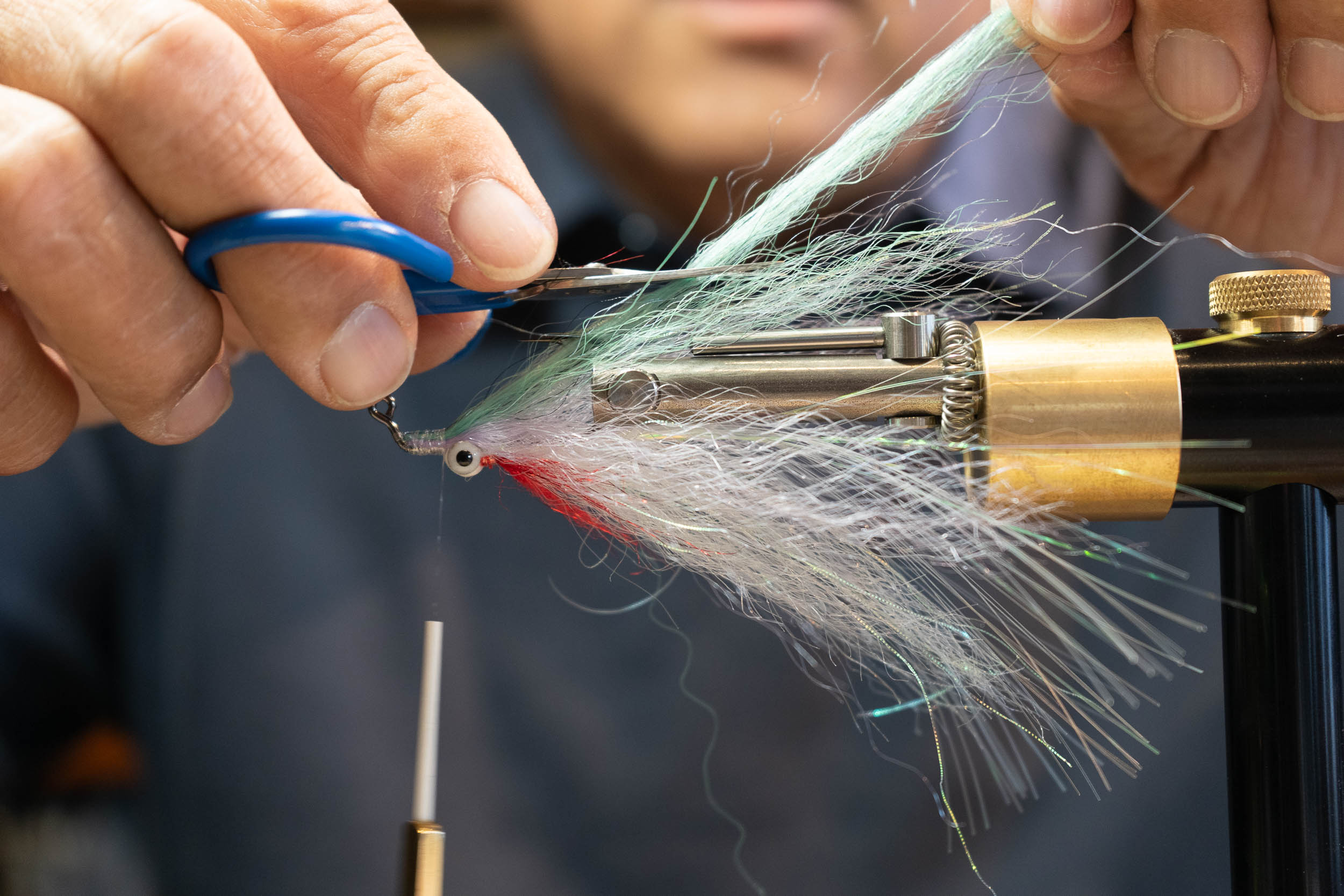
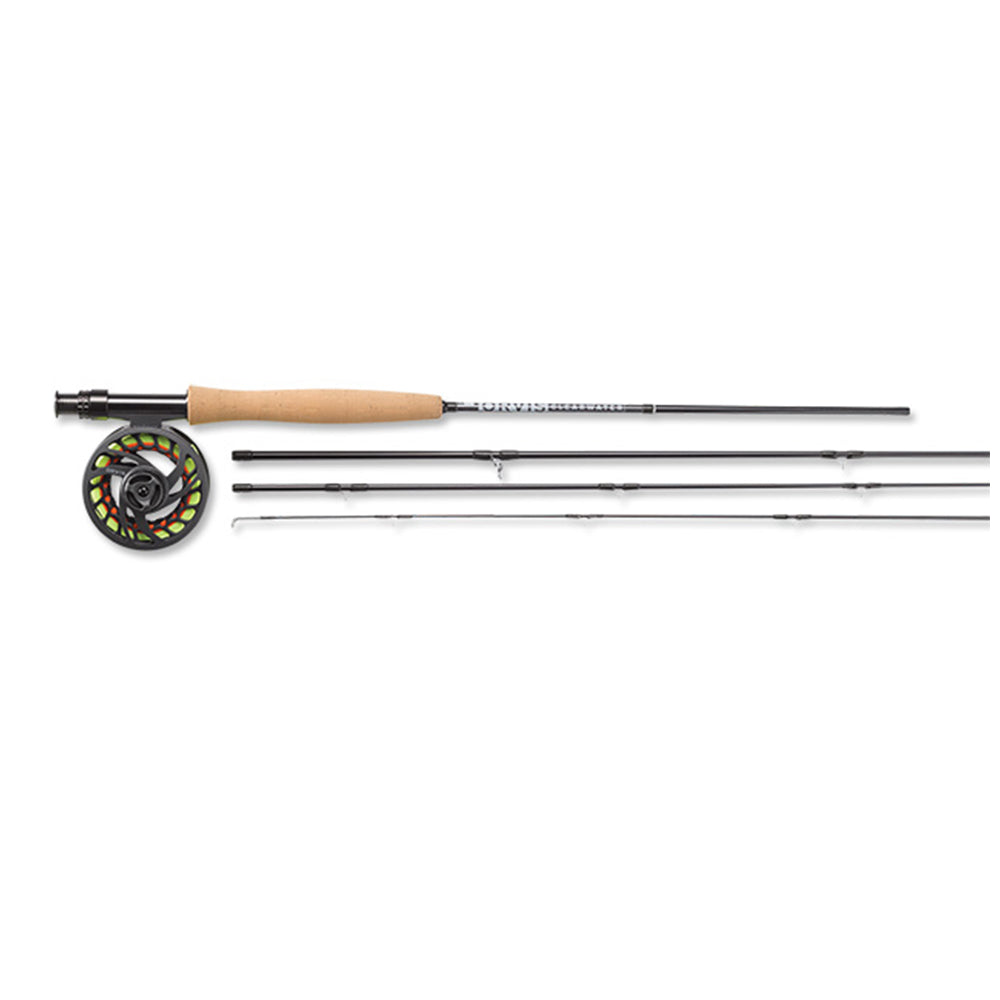
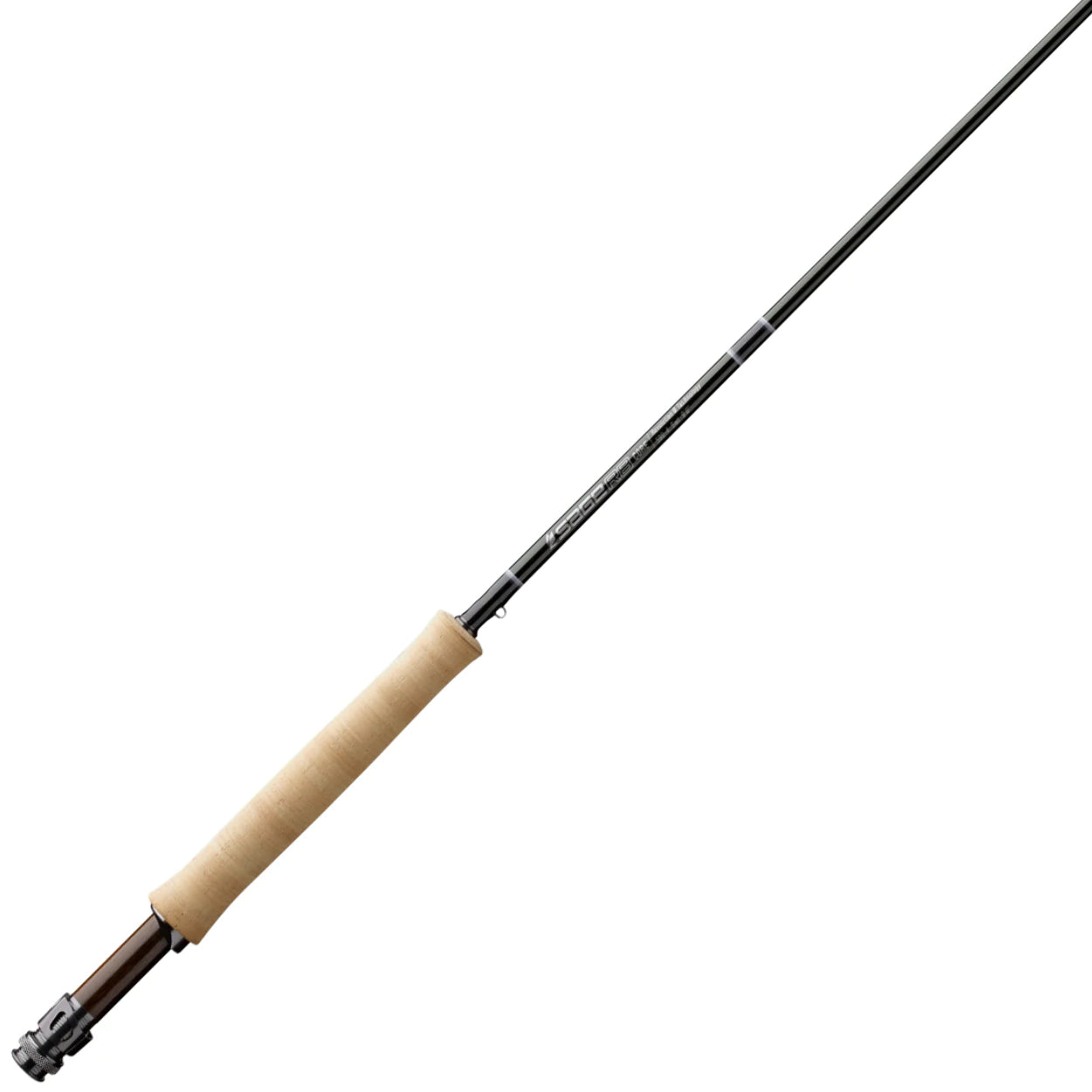
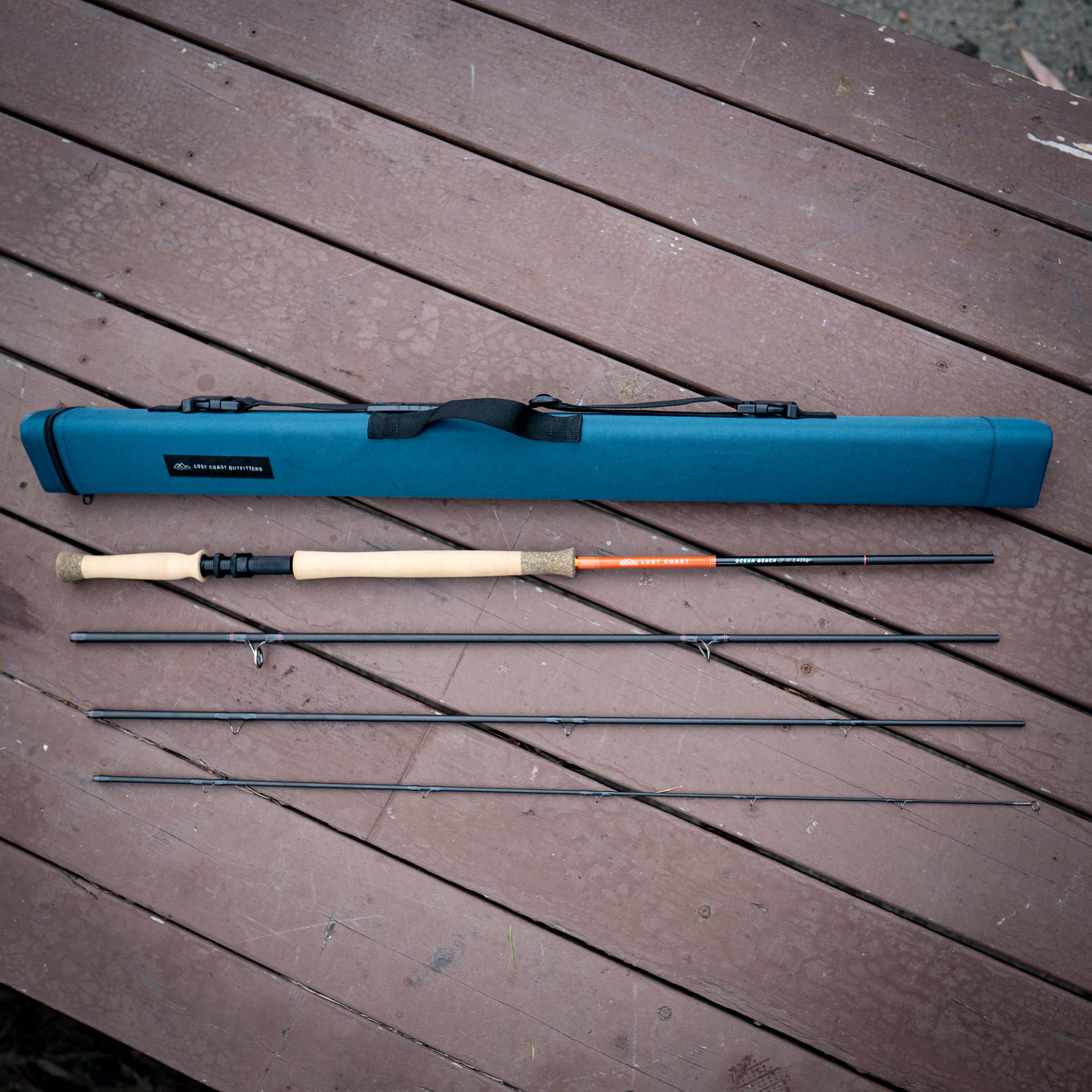

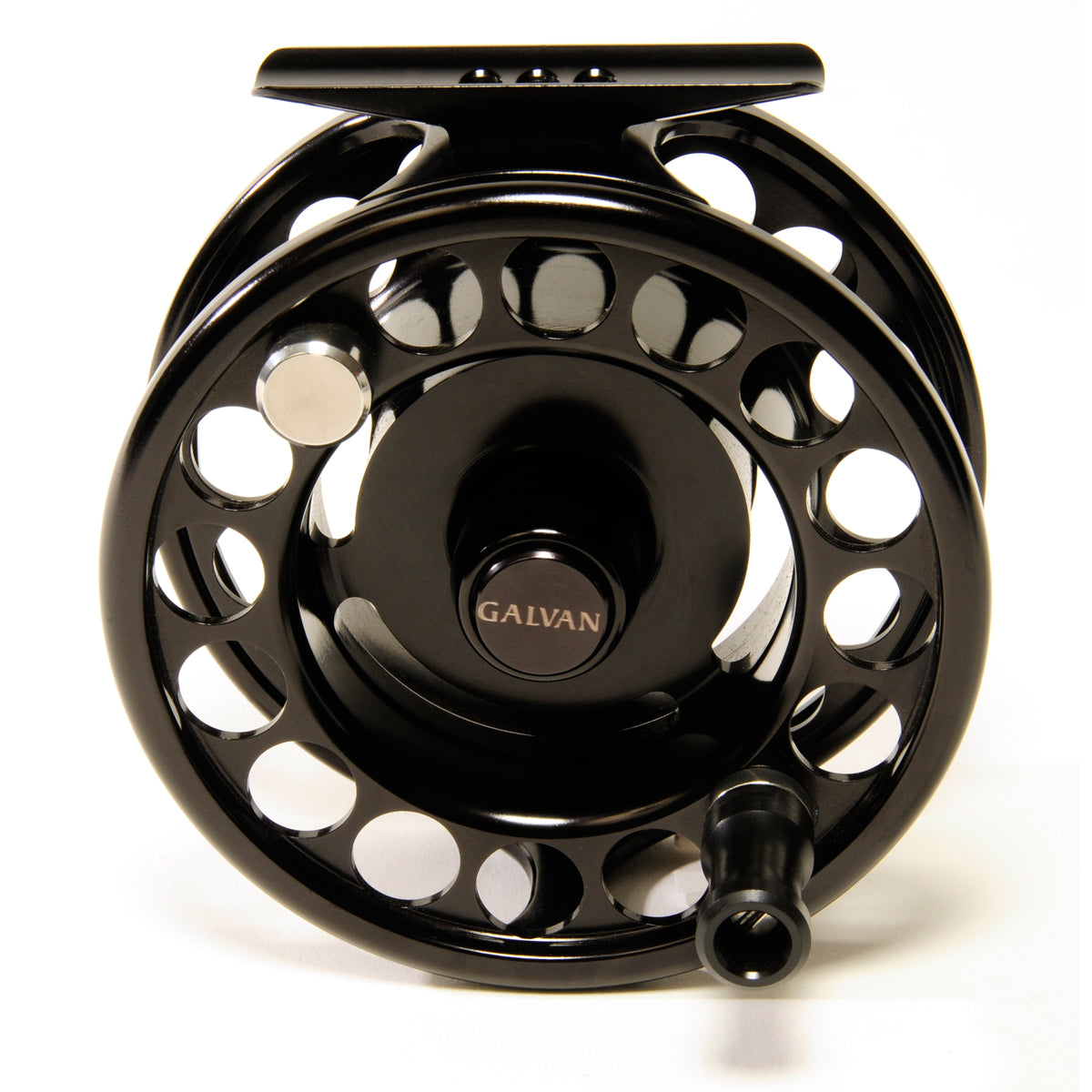







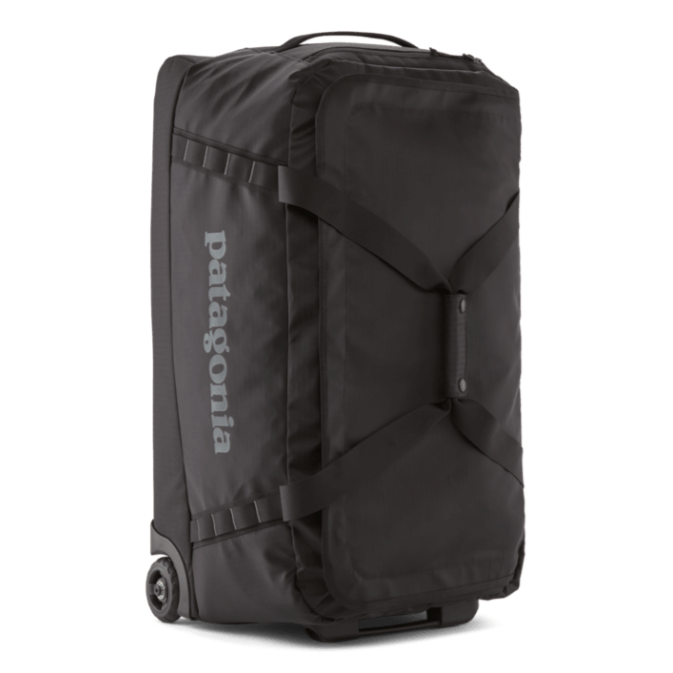
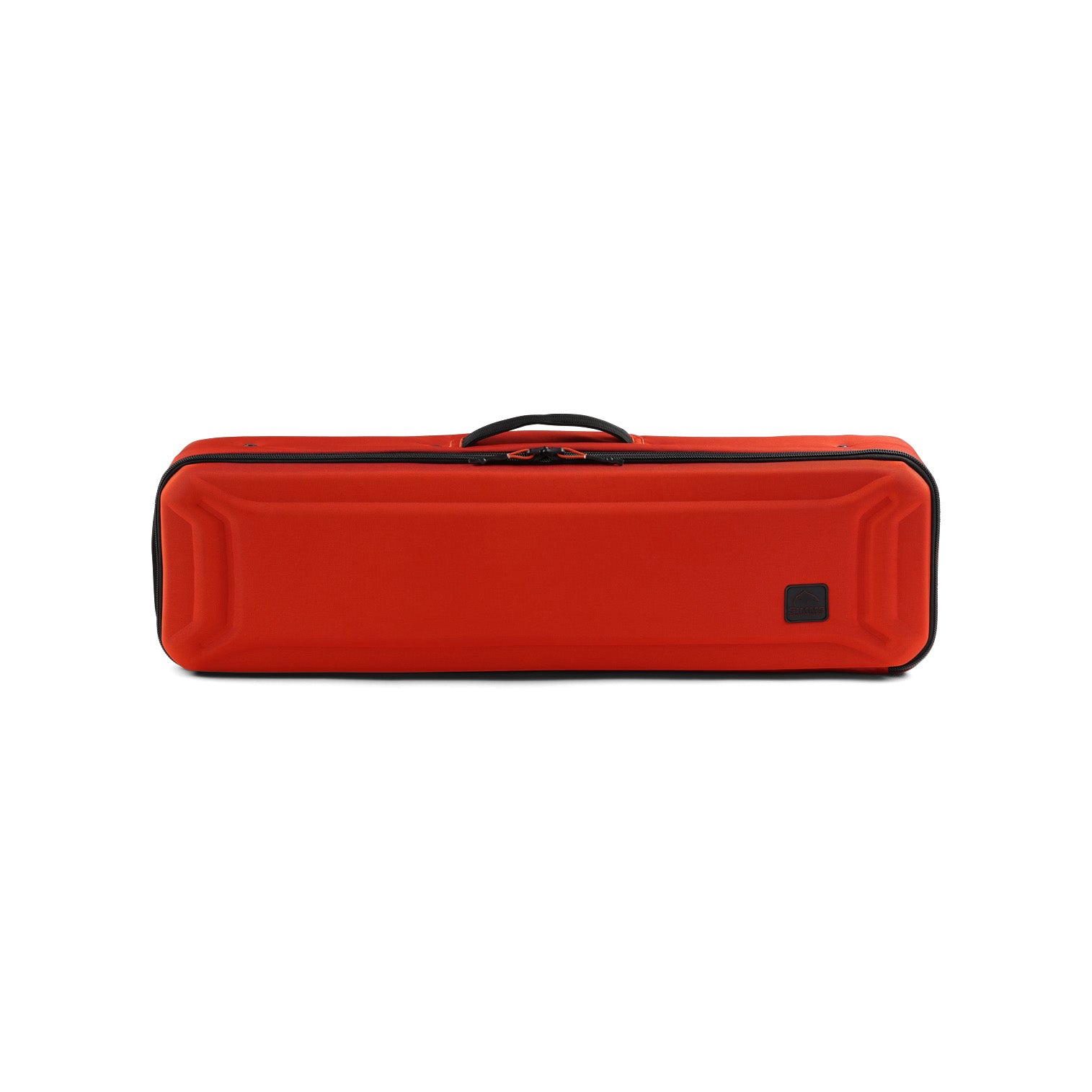
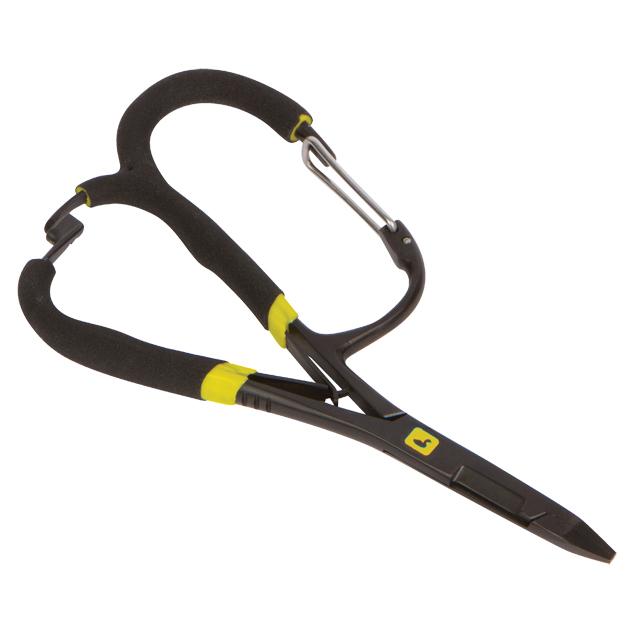
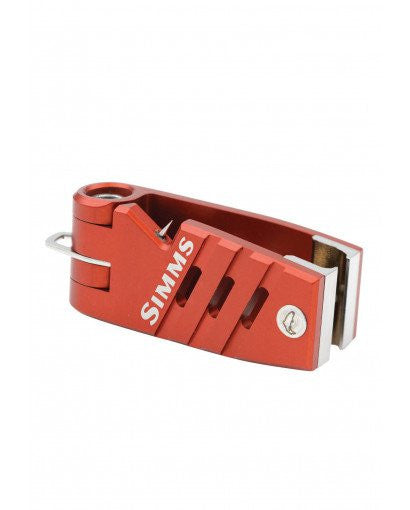
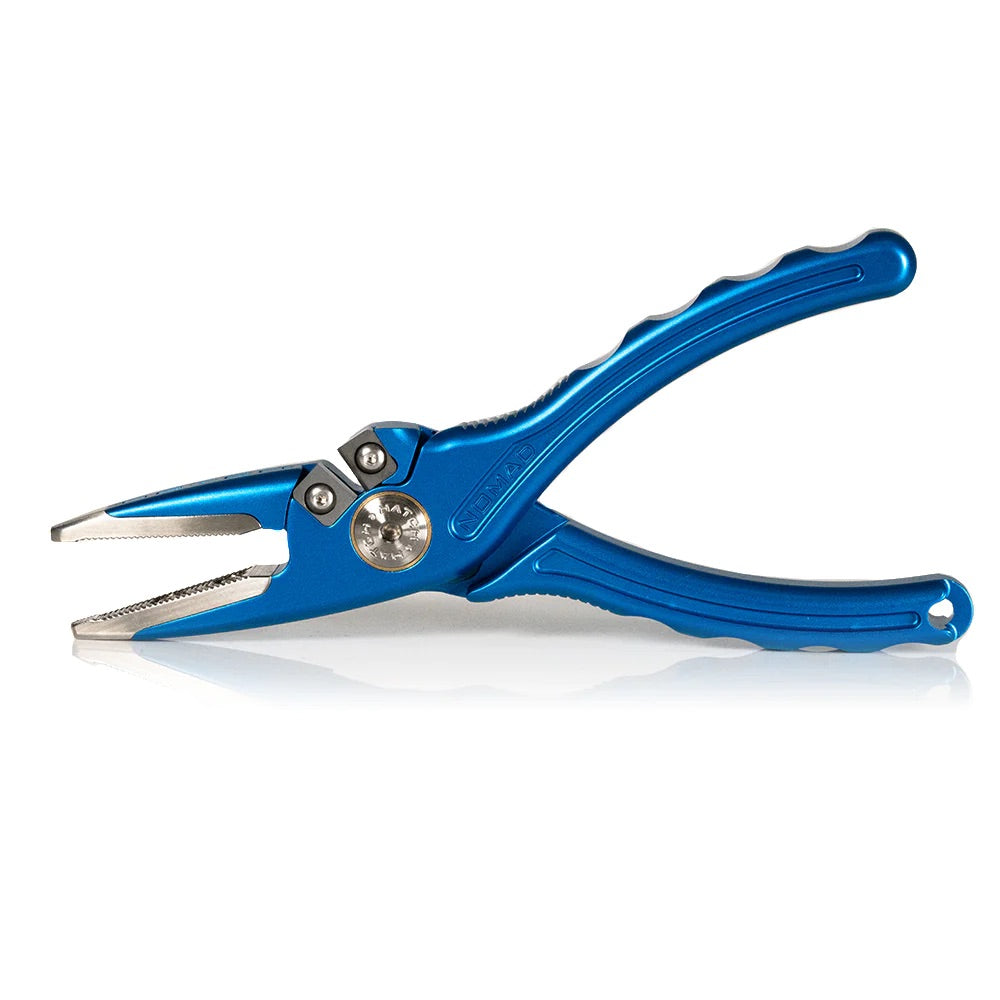
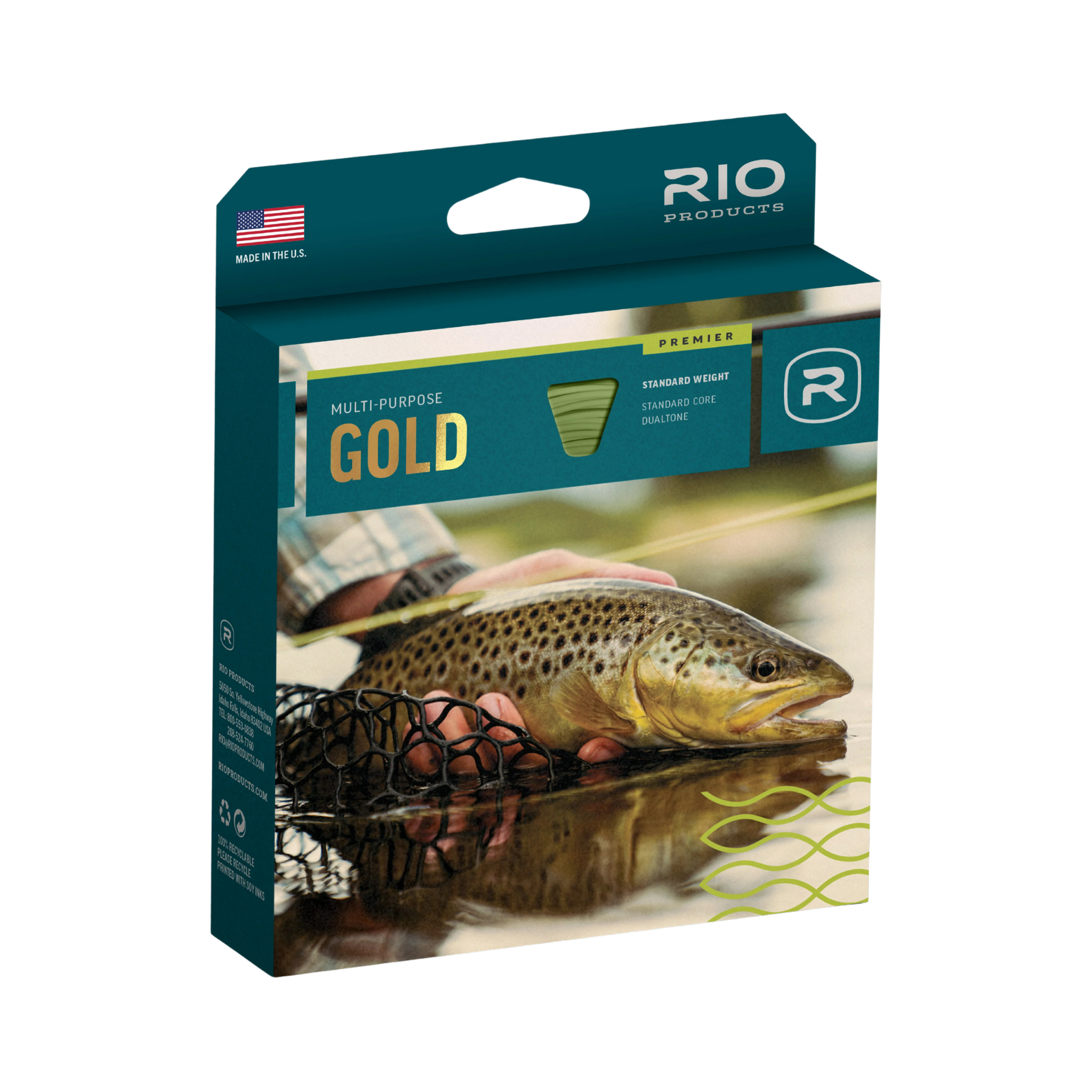
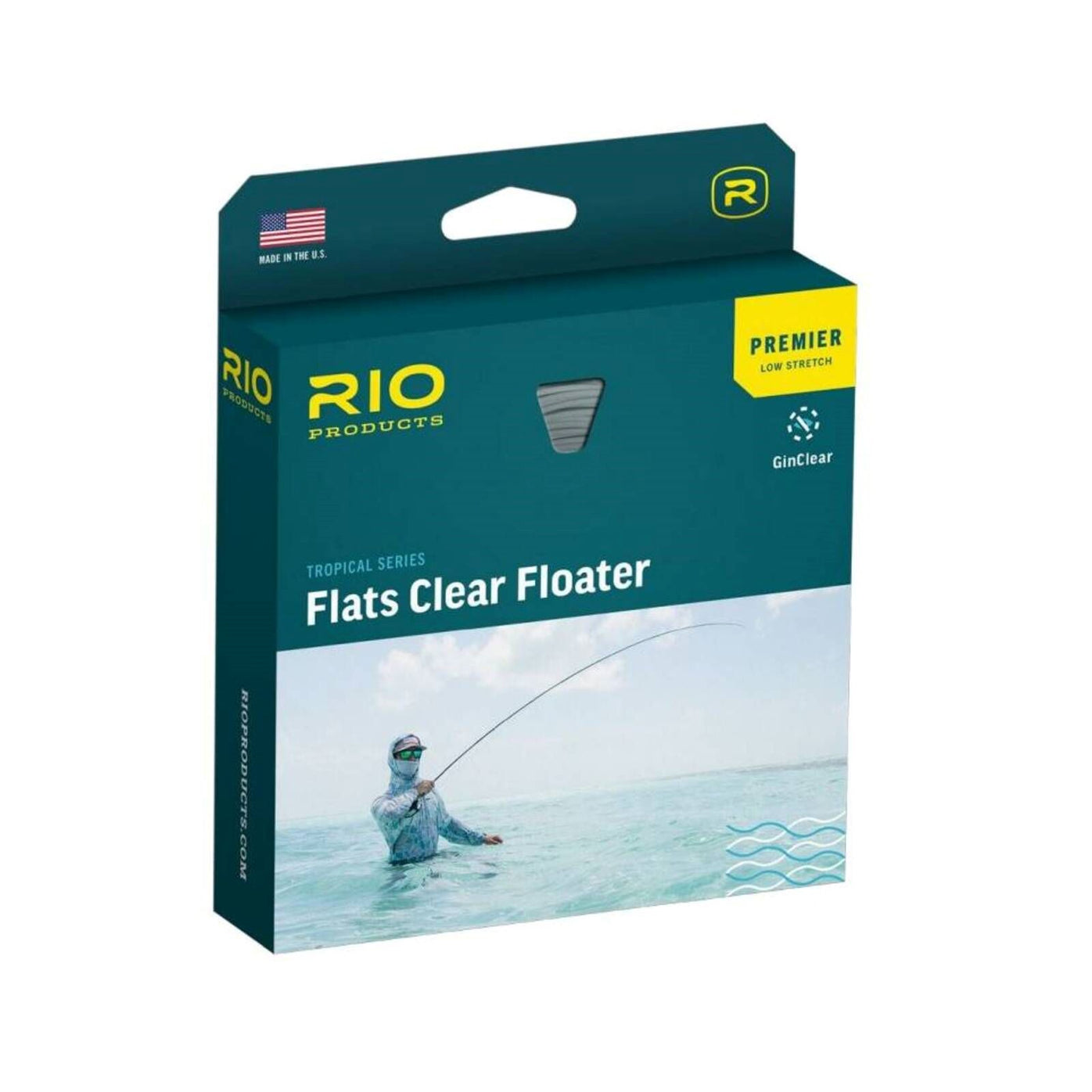
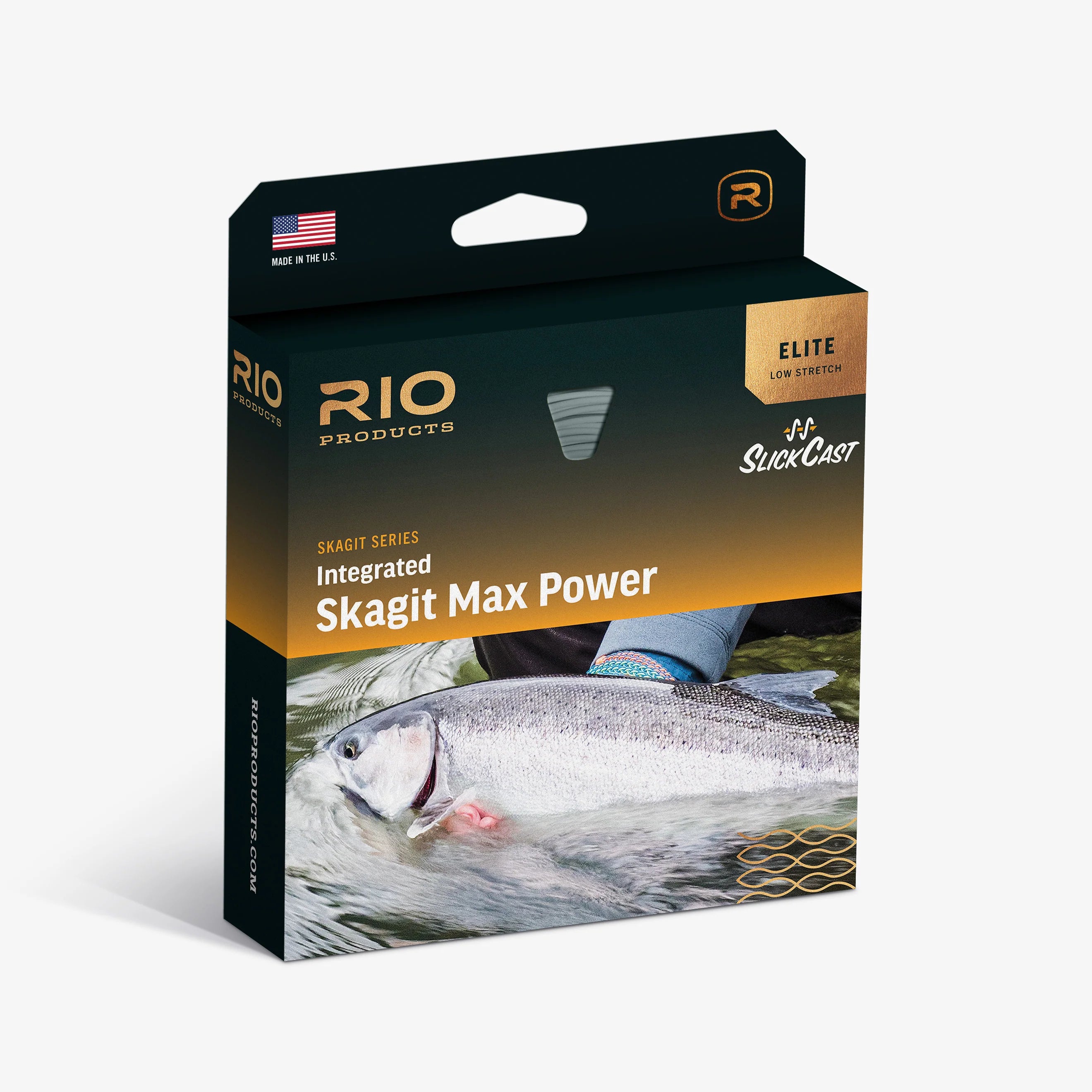
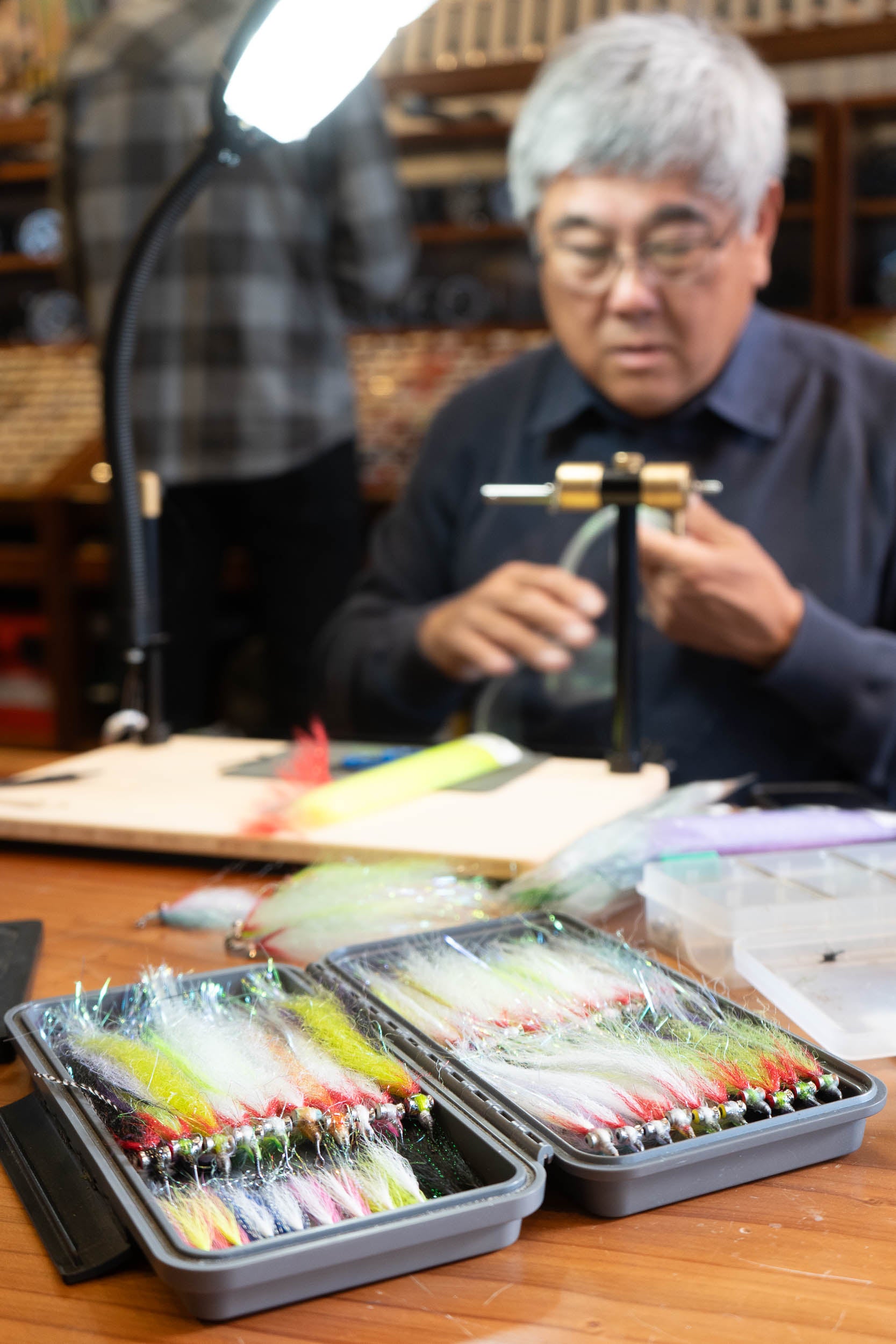

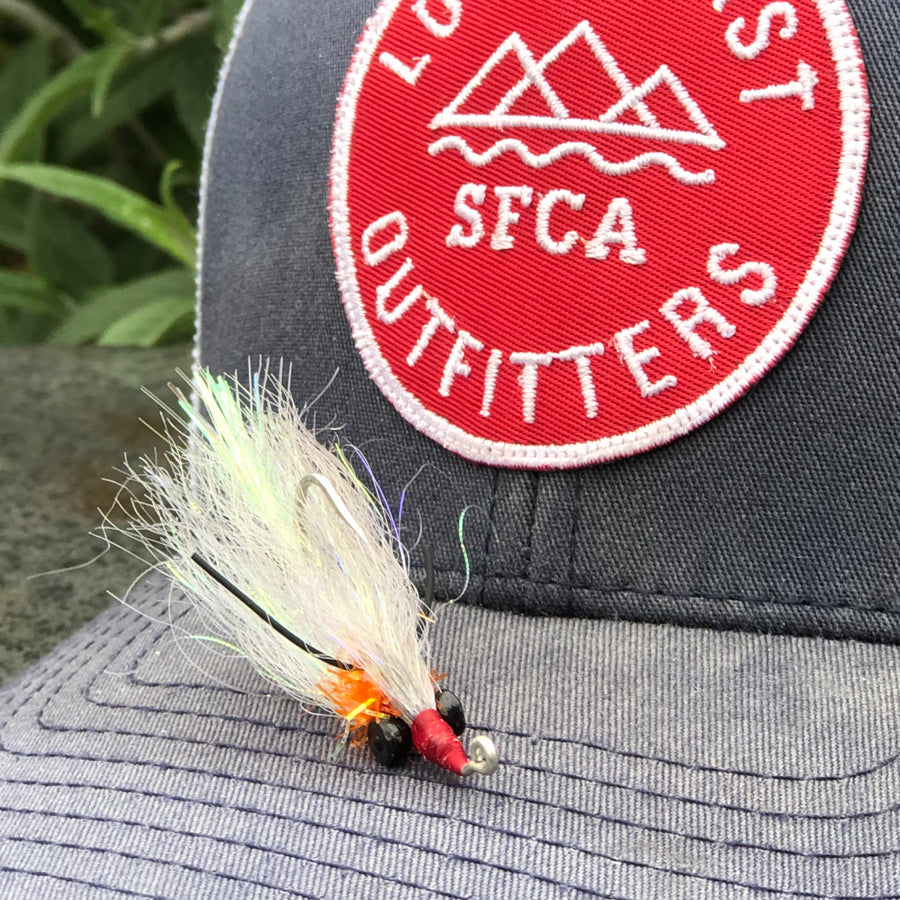
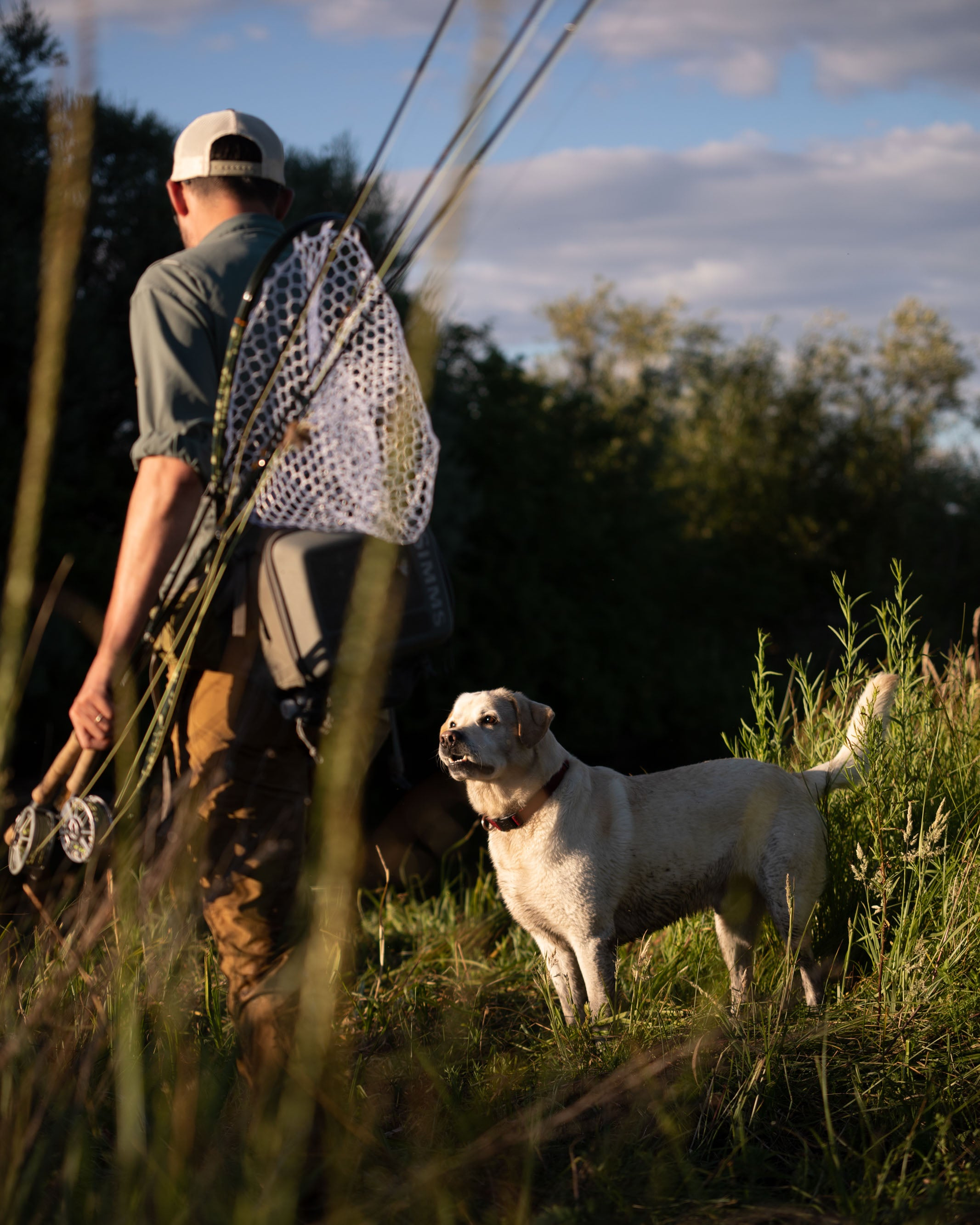

Leave a comment
All comments are moderated before being published.
This site is protected by hCaptcha and the hCaptcha Privacy Policy and Terms of Service apply.